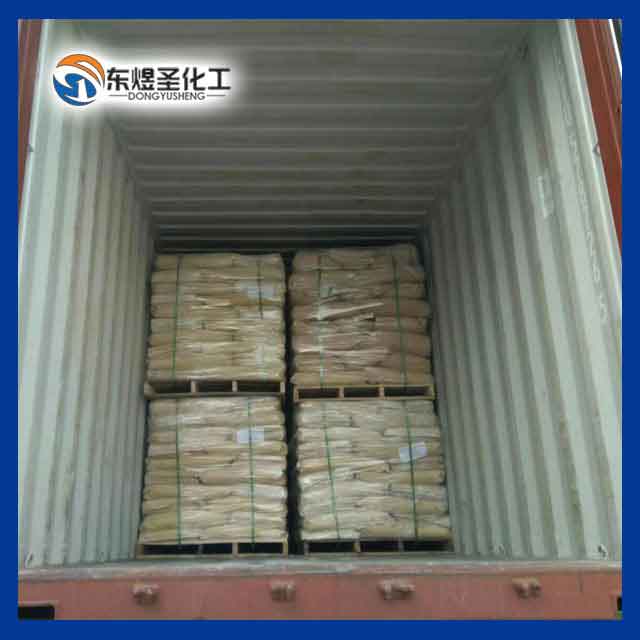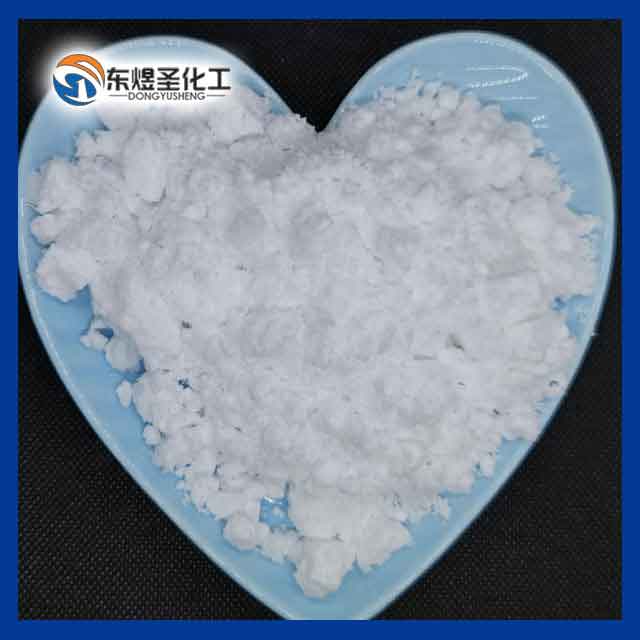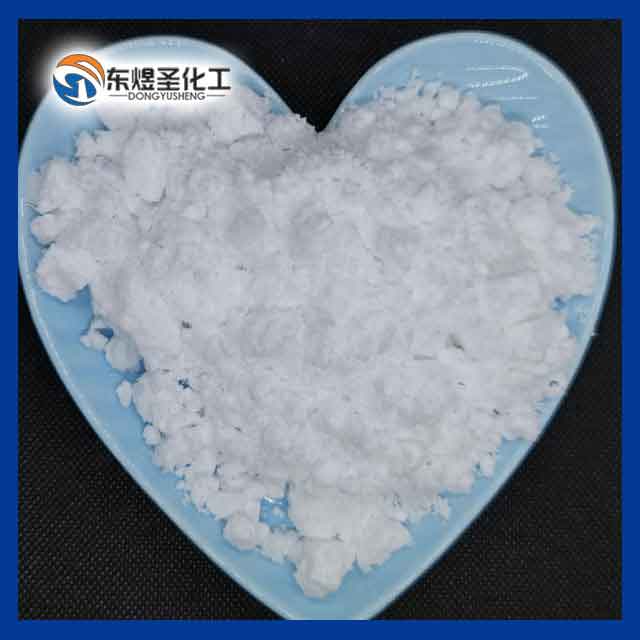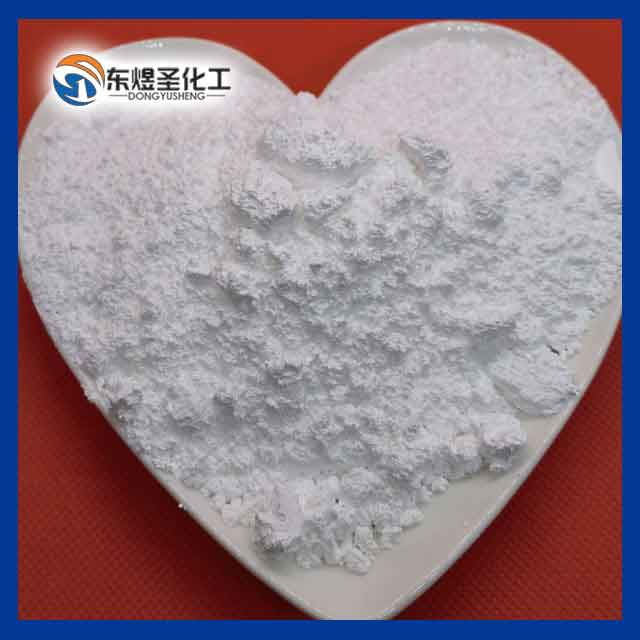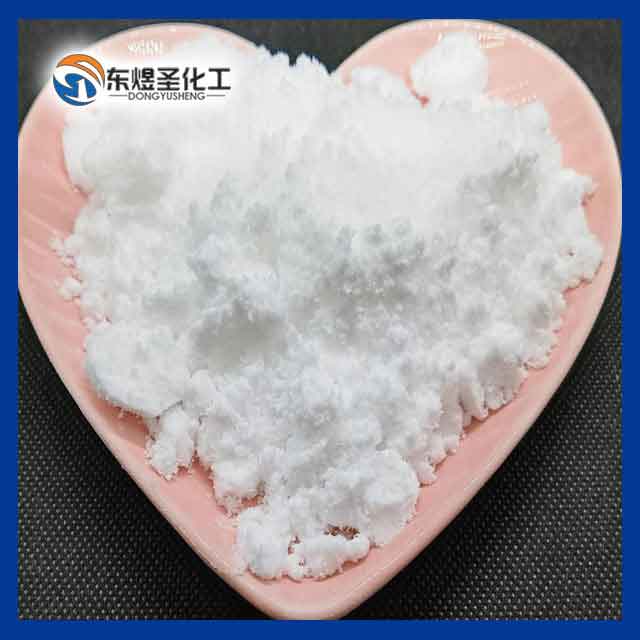Classification and characteristics of polyaluminum chloride synthesis process
Classification and characteristics of polyaluminum chloride synthesis process
Classification and characteristics of synthesis process
1. Drum type Aluminum content is average, water insoluble matter is high, mostly used for sewage treatment.
2. Plate and frame type High aluminum content, low water insoluble matter, used for municipal sewage treatment and domestic sewage treatment.
3. Spray drying High aluminum content, low water insoluble matter, fast dissolution rate. Used for drinking water and higher standard water treatment. In the case of the same water quality, the dosage of spray-dried polyaluminum chloride is reduced. Especially in the case of poor water quality, the dosage of spray-dried products can be reduced by half compared with drum drying, with low cost and low strength. In addition, spray-dried products can ensure safety, have fewer accidents, and are very reliable for residents' drinking water.
resolve resolution
① The metal aluminum method mainly uses leftovers from aluminum processing (such as aluminum scraps, aluminum ash, aluminum slag, etc.), slowly adding hydrochloric acid according to a certain proportion, reacting under stirring, and preparing liquid polyaluminum chloride through curing, polymerization and sedimentation. , And then diluted, filtered, concentrated and dried. In terms of technology, it can be divided into three types: acid method, alkali method, and neutralization method. The acid method mainly uses HCl, and the product quality is not easy to control; the alkaline production process is more difficult, the equipment investment is large and the amount of alkali used is large, the raw materials are more expensive when controlling the pH value, and the cost is higher; the neutralization method is the most used , As long as the ratio is well controlled, the standard can generally be met.
② Aluminum hydroxide method The purity of aluminum hydroxide powder is relatively high, and the content of toxic substances such as heavy metals such as polyaluminum chloride is low. Generally, the production process of heating, pressurizing and acid dissolving is adopted. This process is relatively simple, but the basicity is low. Therefore, aluminum hydroxide is generally used to heat and pressurize acid solution, plus calcium aluminate ore powder to neutralize the two processes.
③ Aluminum oxide method The raw materials containing aluminum oxide mainly include gibbsite, bauxite, kaolin, coal gangue and so on. The production process can be divided into two steps: the first step is to obtain crystalline aluminum chloride, and the second step is to obtain polyaluminum chloride through pyrolysis or neutralization.
④ Aluminum chloride method Use aluminum chloride powder as raw material to process polyaluminum chloride. This method is most commonly used. It can be prepared by boiling pyrolysis at 170°C with crystalline aluminum chloride, curing and polymerizing with water, then solidifying and drying.
⑤ Alkali dissolution method. The aluminum ash is reacted with sodium hydroxide to obtain a sodium aluminate solution, and then the pH value is adjusted with hydrochloric acid to prepare a polyaluminum chloride solution. The product prepared by this method has better color appearance and less insoluble matter, but has high sodium chloride content, high raw material consumption, low solution alumina content, and high industrial production cost.

